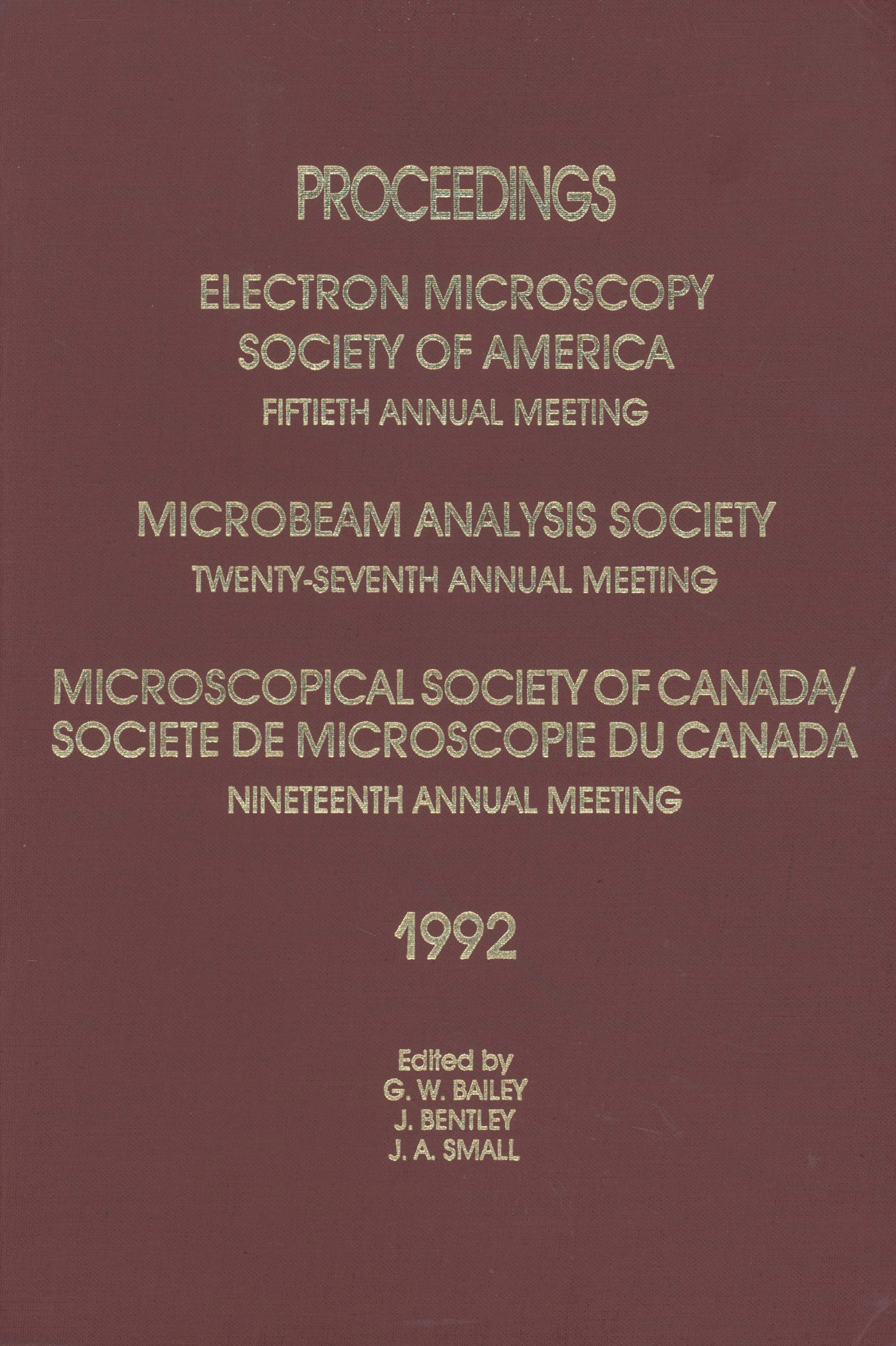No CrossRef data available.
Article contents
Characterization of Chemical Impurities in Glutaraldehyde
Published online by Cambridge University Press: 18 June 2020
Extract
Ever since the introduction of glutaraldehyde as a fixative in electron microscopy of biological specimens, the identification of impurities and consequently their effects on biologic ultrastructure have been under investigation. Several reports postulate that the impurities of glutaraldehyde, used as a fixative, are glutaric acid, glutaraldehyde polymer, acrolein and glutaraldoxime.
Analysis of commercially available biological or technical grade glutaraldehyde revealed two major impurity components, none of which has been reported. The first compound is a colorless, water-soluble liquid with a boiling point of 42°C at 16 mm. Utilizing Nuclear Magnetic Resonance (NMR) spectroscopic analysis, this compound has been identified to be — dihydro-2-ethoxy 2H-pyran. This impurity component of the glutaraldehyde biological or technical grades has an UV absorption peak at 235nm. The second compound is a white amorphous solid which is insoluble in water and has a melting point of 80-82°C. Initial chemical analysis indicates that this compound is an aldol condensation product(s) of glutaraldehyde.
- Type
- Specimen Preparation and Staining
- Information
- Copyright
- Copyright © Claitor’s Publishing Division 1975




